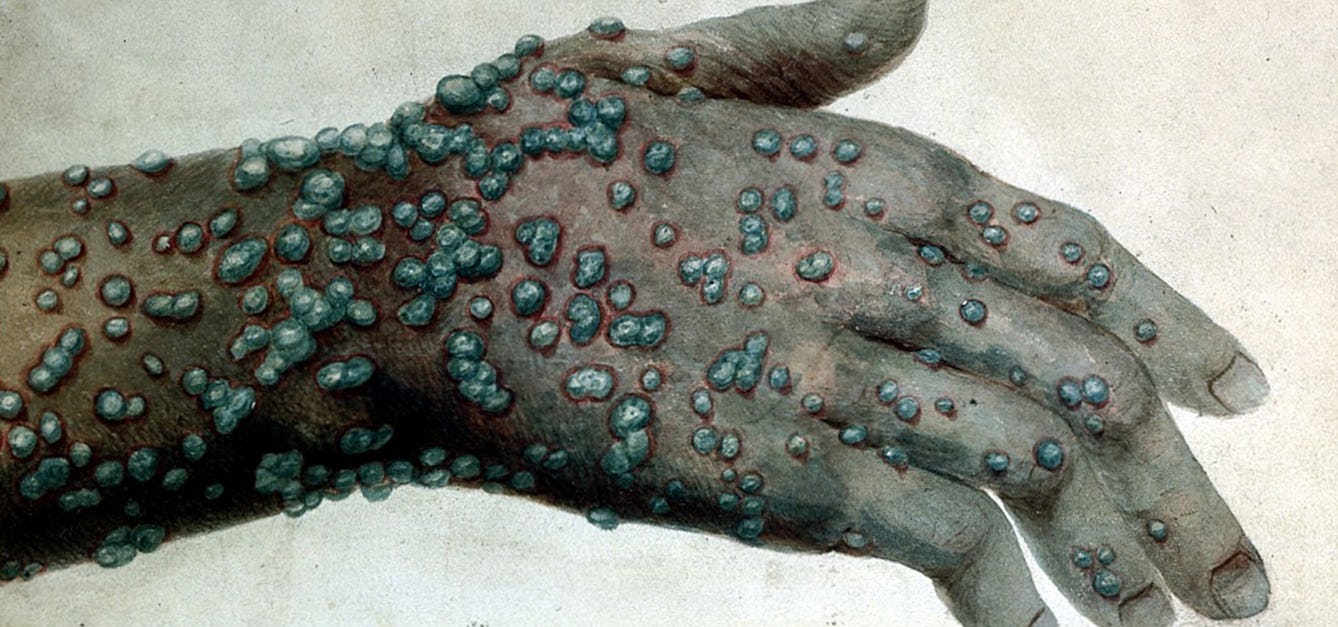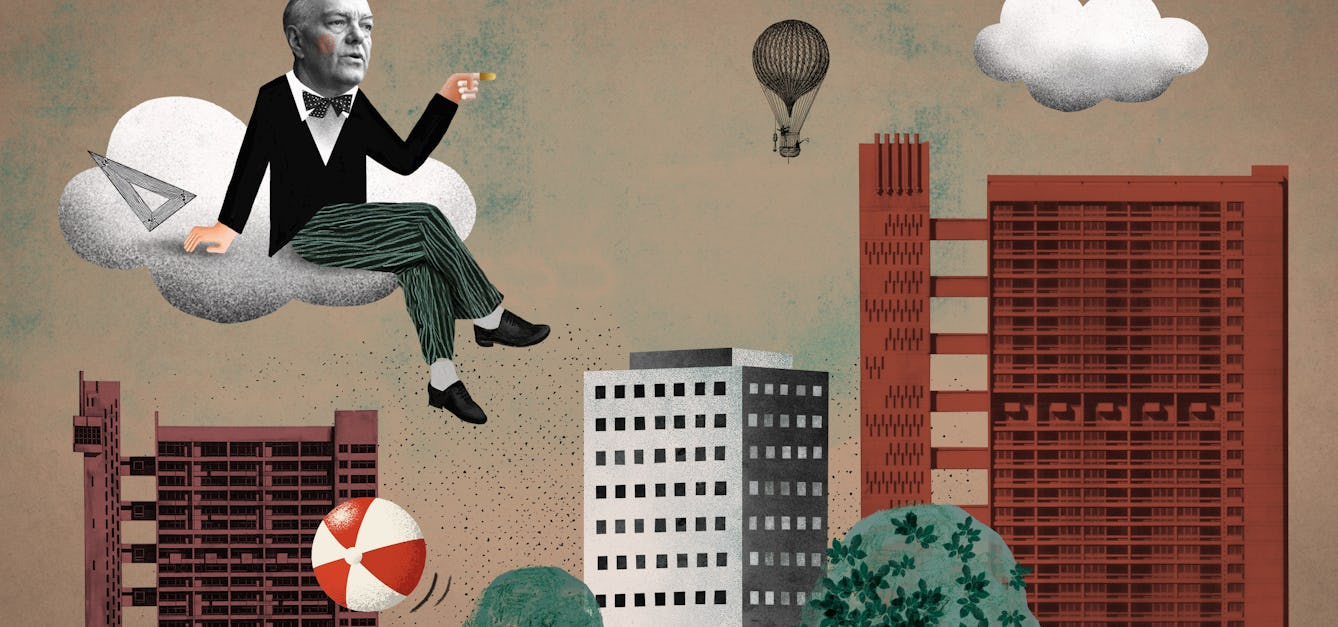Stories

- Article
The child whose town rejected vaccines
Gloucester, 1896. Ethel Cromwell is taken ill at the height of Britain’s last great smallpox epidemic.

- Article
Designing death in the virtual city
Danger and death are fun when they’re virtual – and when they incorporate realistic elements. Now the tables are turned, as urban planners learn from game environments.

- Article
The tower in fiction, film and life
The high-rise estates born of postwar idealism soon became symbols of crime and squalor. But after one terrible tragedy, public bodies are being forced to rethink our towers.

- Article
Artificial intelligence and the dream of eternal life
Until now, eternal life was the stuff of fiction, or in the unknowable realms of religion. But an artificial intelligence that ‘remembers’ the whole of an individual’s experience could be the way to life after death.
Catalogue
- Books
- Online
A short account of the life and death of Nicholas Mooney.
Mooney, Nicolas, 1721-1752.Date: 1789- Books
- Online
An extract of the life and death of Mr. John Janeway, Fellow of King's College, Cambridge.
Janeway, James, 1636?-1674.Date: [1797]- Books
- Online
Letters wrote by Jane Cooper. To which is prefixt, some account of her life and death.
Cooper, Jane, 1738-1762.Date: [1798]- Books
- Online
Letters wrote by Jane Cooper. To which is prefixt, some account of her life and death.
Cooper, Jane, 1738-1762.Date: 1789- Books
- Online
The life and death of Thomas Walsh, composed in great part from his own accounts. By James Morgan.
Morgan, James, -1772.Date: 1790









